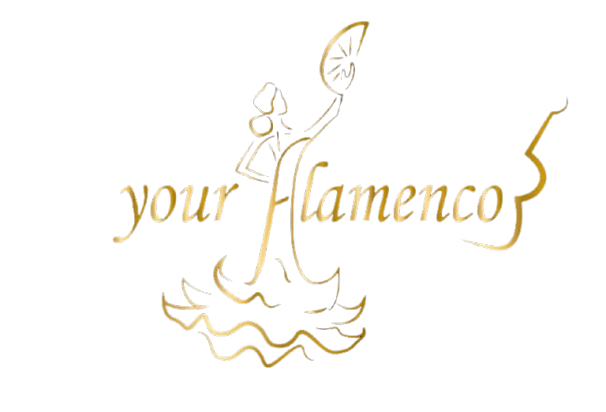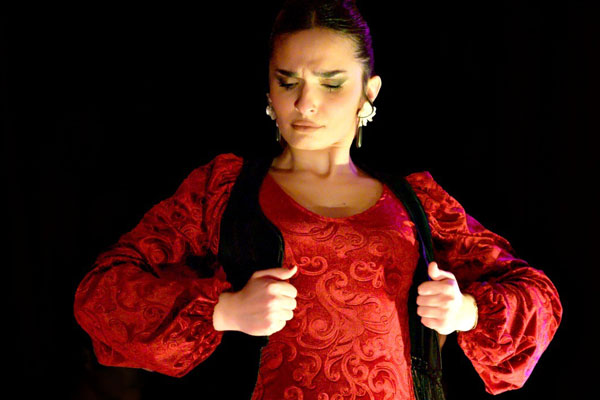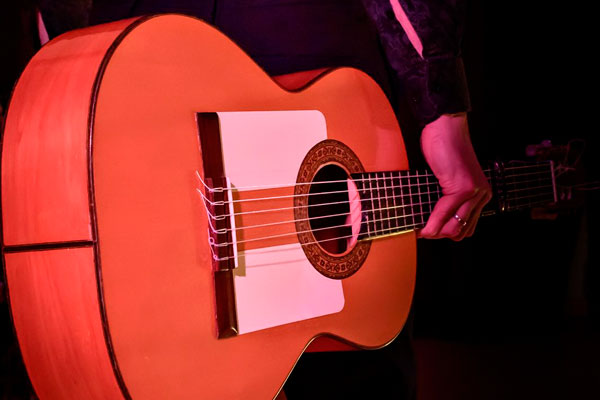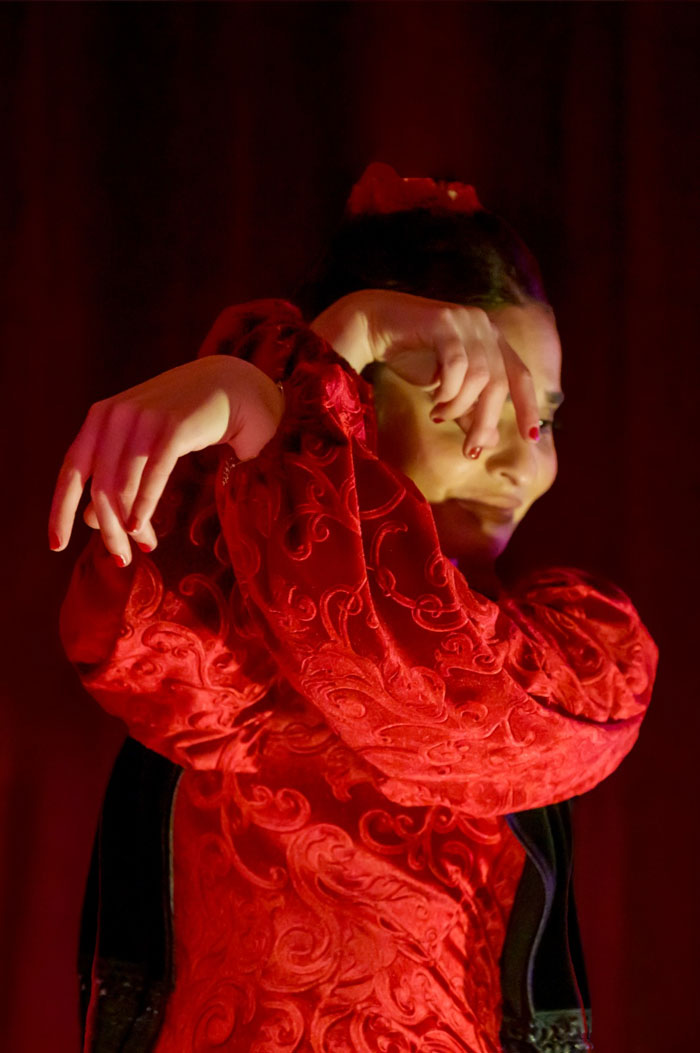Flamenco is a passionate dance and music art (flamenko dansı & flamenko müziği) originating from the Andalusian region of Spain. Especially in Seville, known for its vibrant flamenco shows (flamenko gösterisi) and deep-rooted cultural traditions, Flamenco lives as a powerful expression of emotion and history.
Flamenco is the result of many different civilizations that stayed in southern Spain over the centuries, particularly in Andalucía. Among these, the Ottomans (Otomans) played a significant role in shaping the culture. For example, much of the architecture in the Alpujarras region is believed to have Persian origins, but later Ottoman influences enriched it further.
Shared heritage in music and culture
Thanks to the cultural fusion during the era of Al-Andalus, Flamenco inherited rich musical styles that share striking similarities with Turkish music. This deep connection comes from centuries of cultural exchange and union, especially through the contributions of the Roma, Gypsy, or Zíngaro (Romaniar) communities.
Flamenco was born from Gypsy families, many of whom trace their roots back to Turkish households. This unique heritage blends the traditions of Turkish, Romani, and Andalusian cultures, creating the soulful and passionate art form we know today.
Cultural exchange and passion for dance
Like in Turkey, Flamenco dance (flamenko dansı) is both a popular folk tradition and a respected stage art. Many Turkish visitors are drawn to Flamenco workshops (flamenko atölyesi) and private lessons in Seville. Experiences such as private Flamenco shows (özel flamenko gösterisi) and one-on-one Flamenco classes (birebir flamenko dersi) build a unique artistic bridge between the two cultures.
Conclusion: shared art, shared feelings
Both cultures live through their arts — passing down emotions, stories, and history through generations. For Turkish visitors experiencing Flamenco in Spain (İspanya’da flamenko), the warmth and passion resonate closely with their own cultural roots.





